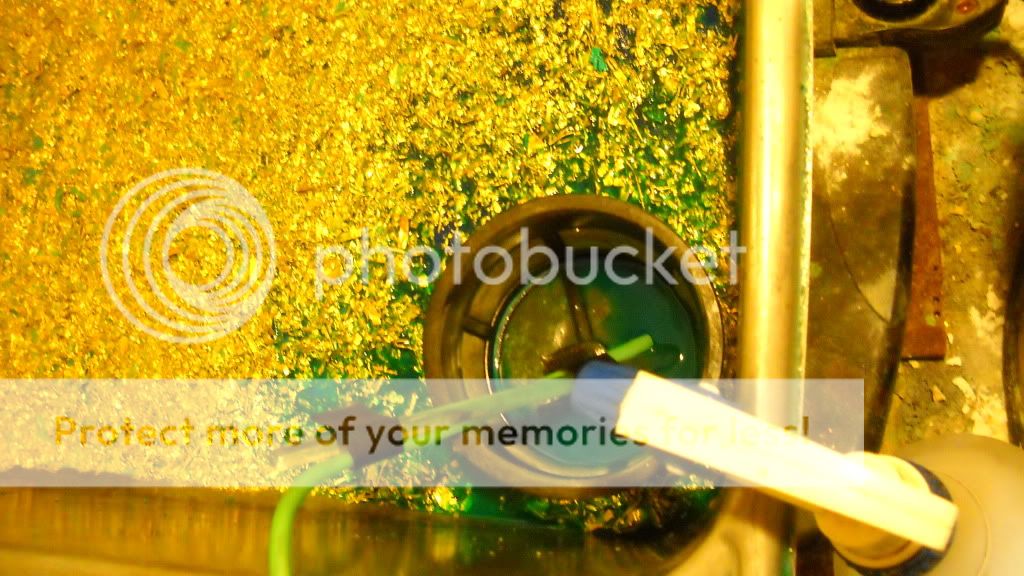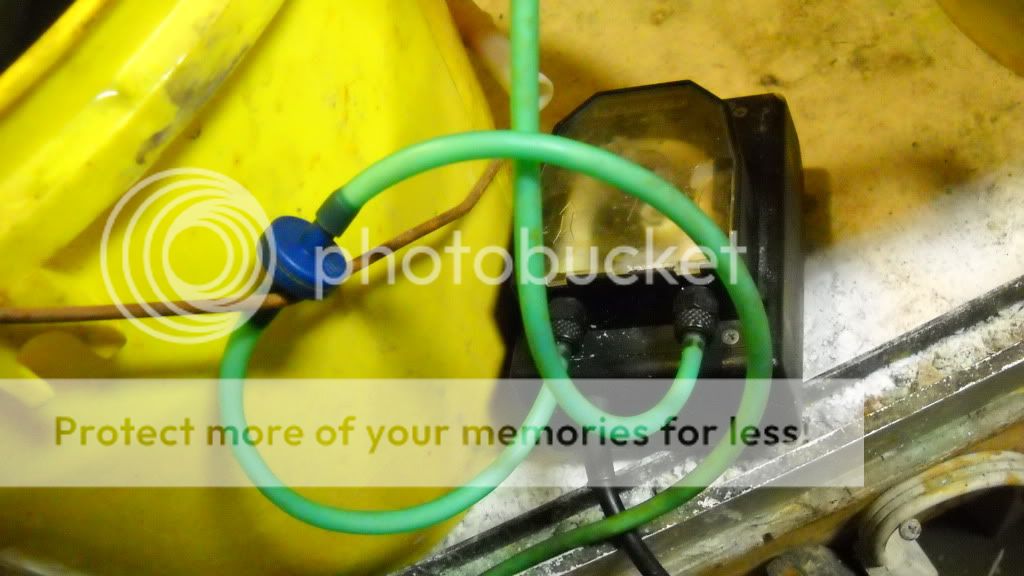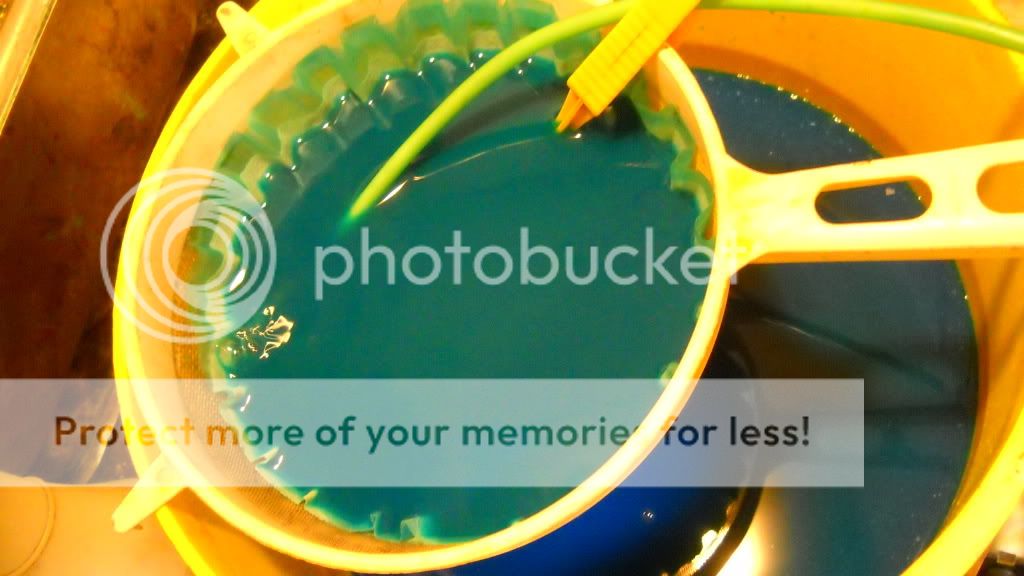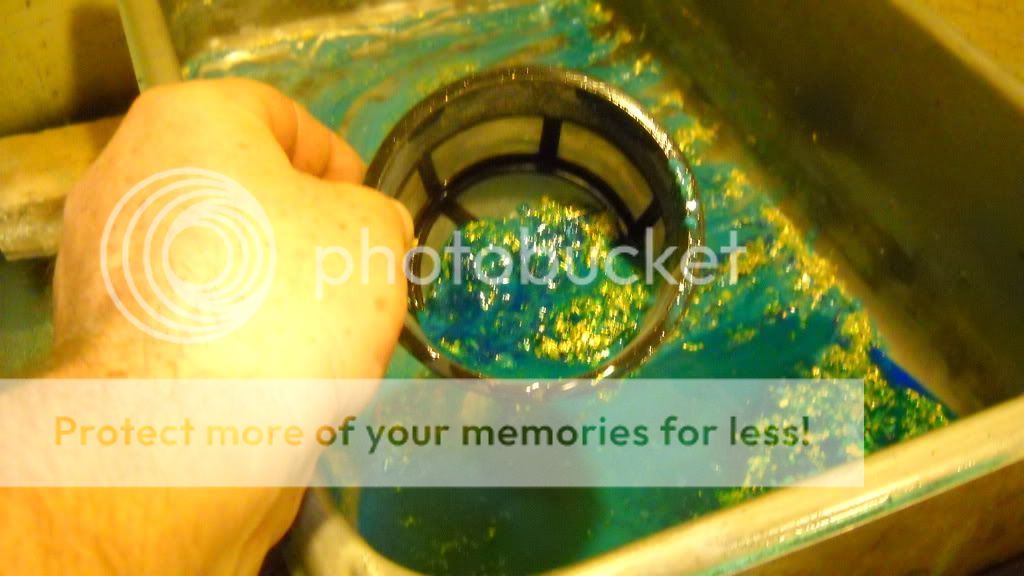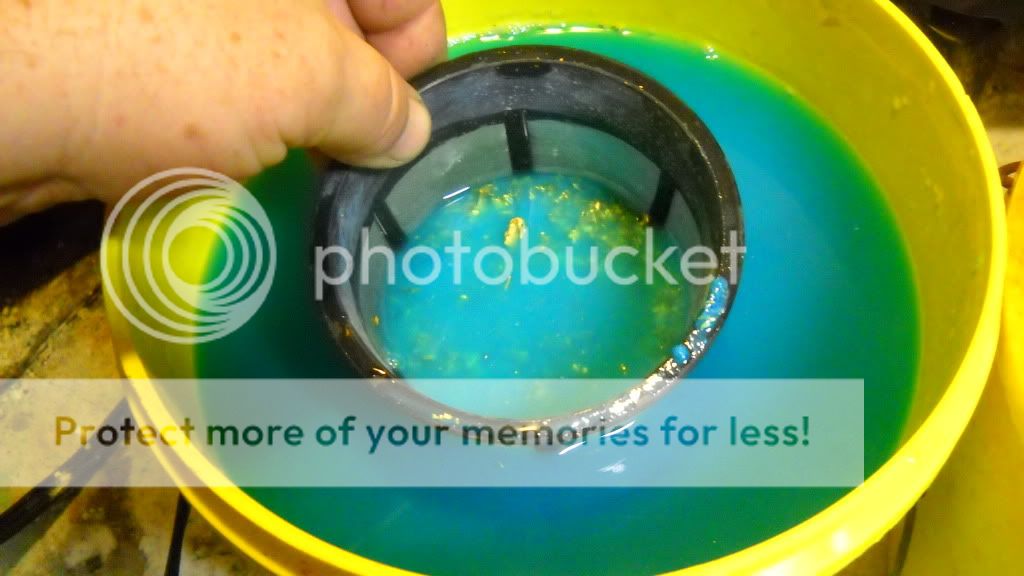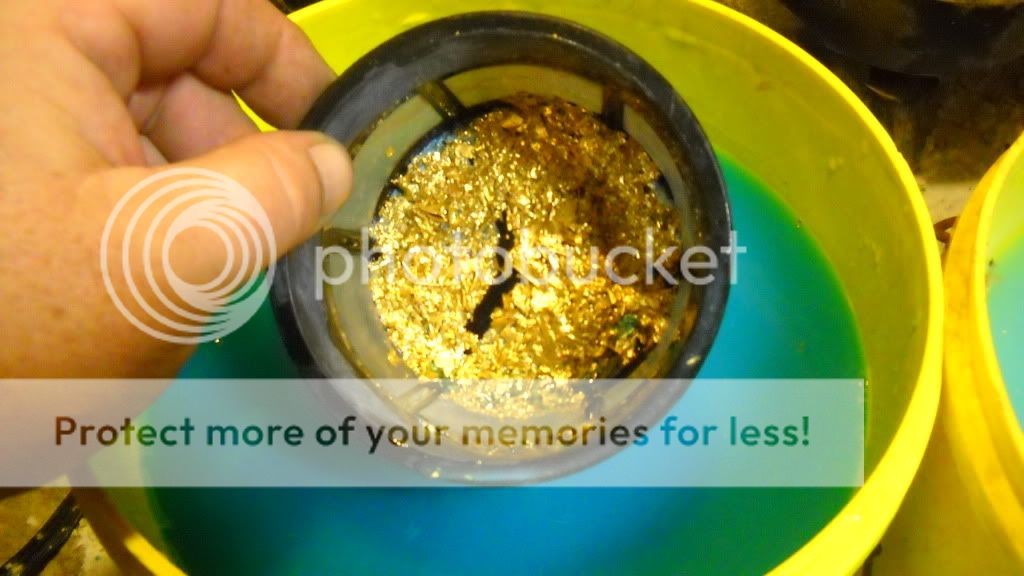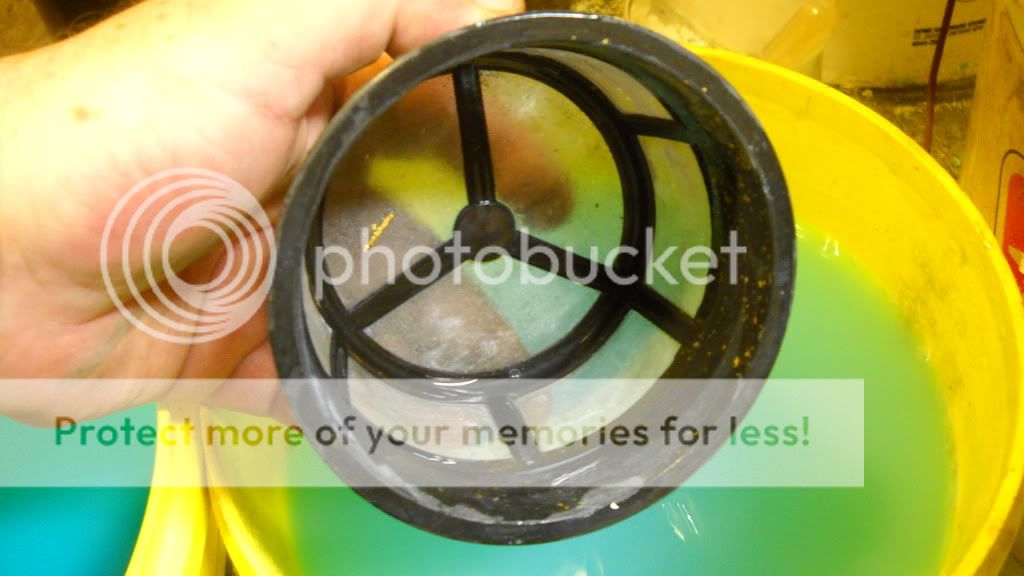Hi All,
I normally don't ask for help because I can usually find the answer on my own with the search function, but after a few days of searching I can't quite find what I'm looking for. With that being said, here is my issue, I have about five pounds of pins from backplane boards like this,


I processed them in 50/50 nitric in a stainless steel chaffing dish I received from glondor (first time I had a chance to use it, Thanks Mike worked great!). Anyway, after it had cooled I had a very prominent white precipitate which is virtually impossible to filter. But here is where I went against my gut, I was pulling all the pins with pliers, after three boards my hands were blister all to hell, (there is over 1600 pins per board) I had the bright idea to run the boards through my tile saw, (which I now immediately regret) since the pins were pressed in and not soldered. So I cut them as close as I could without touching the pins and through the section of board with pins into the nitric bath without paying attention to what material was under the solder mask. As you can see in the upper left corner of the first couple of pics, the silver layer under the solder mask, which I believe to be tin over copper, my first thought was silver but that didn't make sense in my head.

I now have over five liters of solution, that won't filter with foils in it, that I can't figure out what to do with. I have never dealt with this volume of solution before, every time time I encountered something like this I just dealt with the slow filtering and moved on with no issues.
Any input you guys can give me would be greatly appreciated.
Thank you,
Chris
I normally don't ask for help because I can usually find the answer on my own with the search function, but after a few days of searching I can't quite find what I'm looking for. With that being said, here is my issue, I have about five pounds of pins from backplane boards like this,


I processed them in 50/50 nitric in a stainless steel chaffing dish I received from glondor (first time I had a chance to use it, Thanks Mike worked great!). Anyway, after it had cooled I had a very prominent white precipitate which is virtually impossible to filter. But here is where I went against my gut, I was pulling all the pins with pliers, after three boards my hands were blister all to hell, (there is over 1600 pins per board) I had the bright idea to run the boards through my tile saw, (which I now immediately regret) since the pins were pressed in and not soldered. So I cut them as close as I could without touching the pins and through the section of board with pins into the nitric bath without paying attention to what material was under the solder mask. As you can see in the upper left corner of the first couple of pics, the silver layer under the solder mask, which I believe to be tin over copper, my first thought was silver but that didn't make sense in my head.

I now have over five liters of solution, that won't filter with foils in it, that I can't figure out what to do with. I have never dealt with this volume of solution before, every time time I encountered something like this I just dealt with the slow filtering and moved on with no issues.
Any input you guys can give me would be greatly appreciated.
Thank you,
Chris





